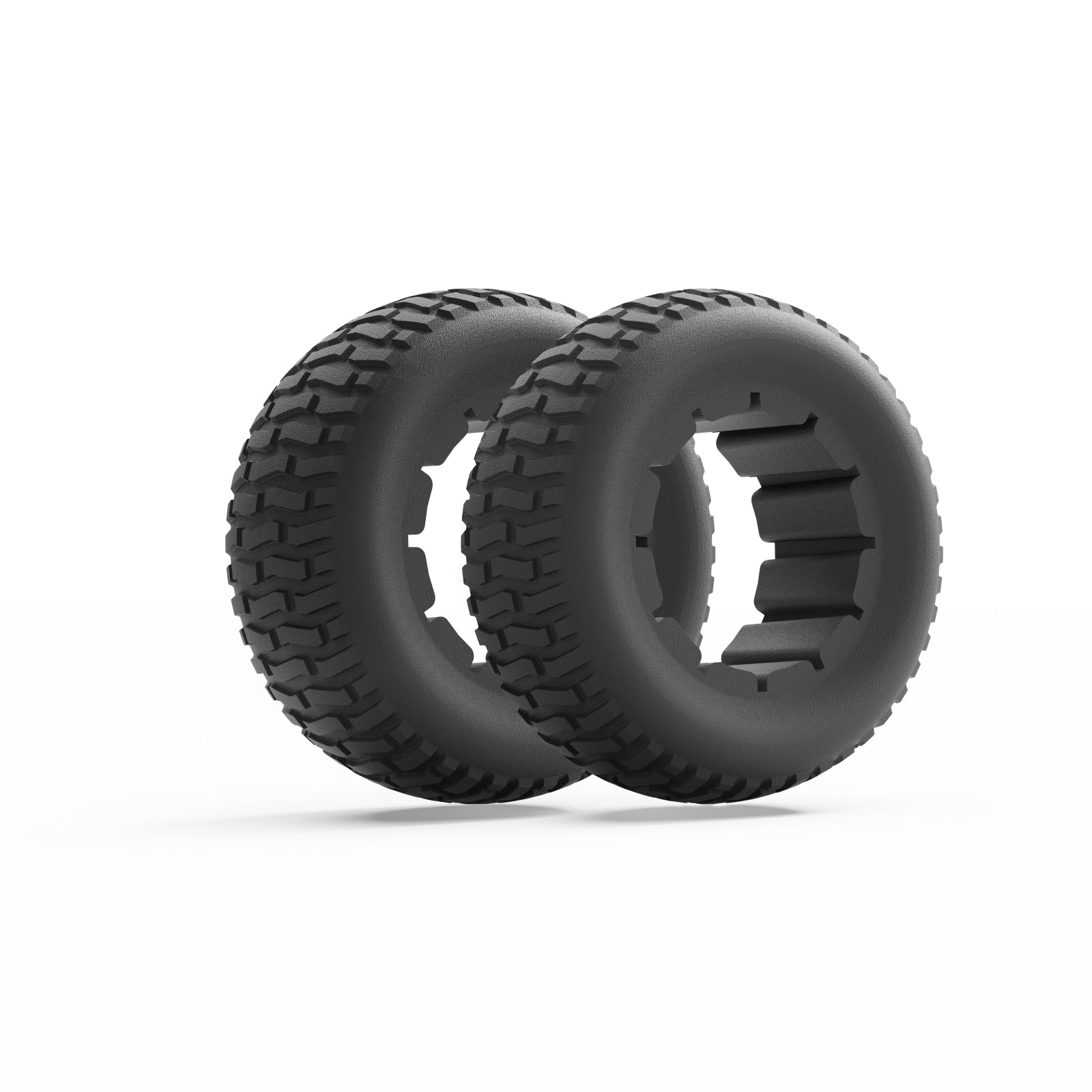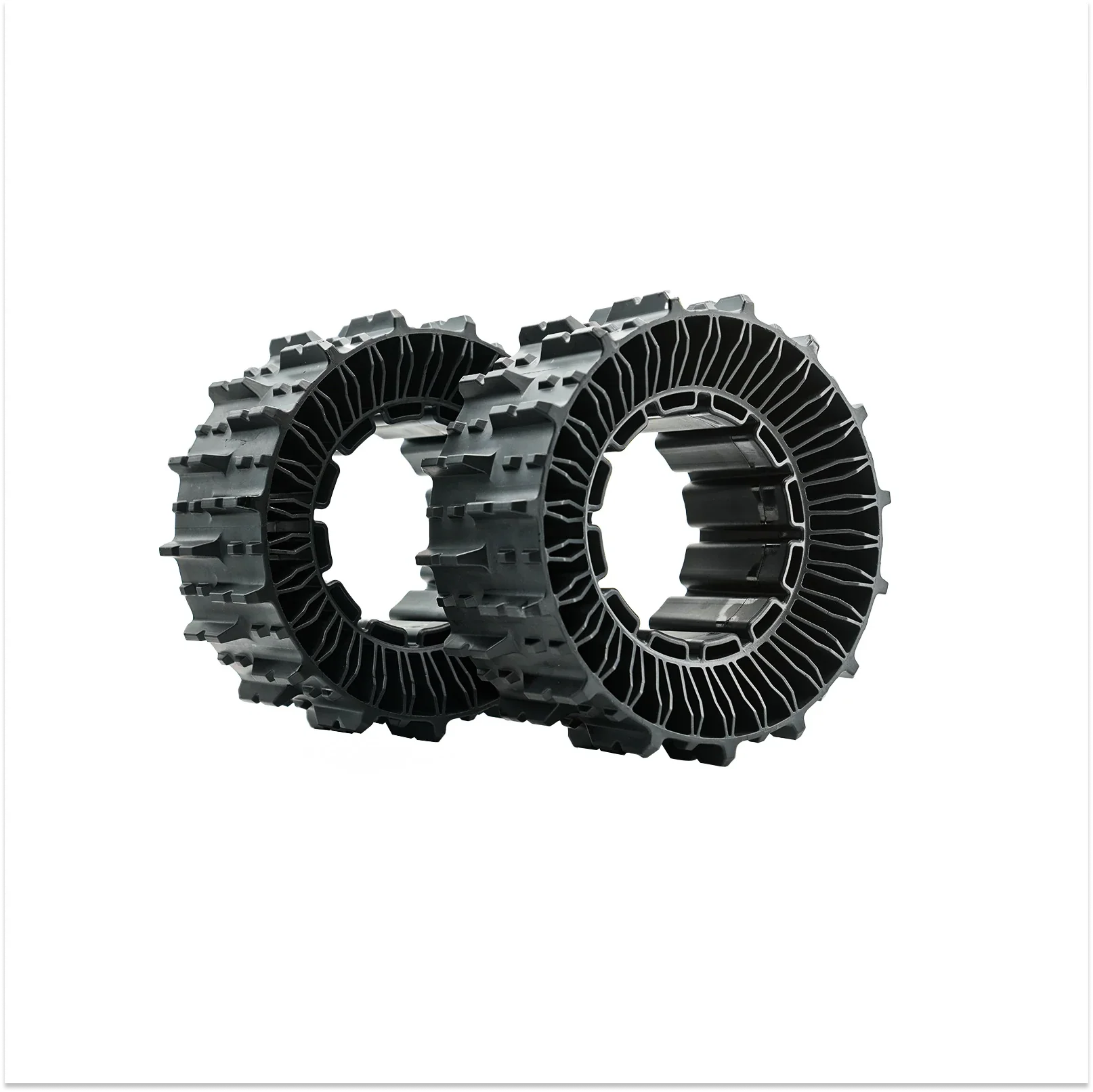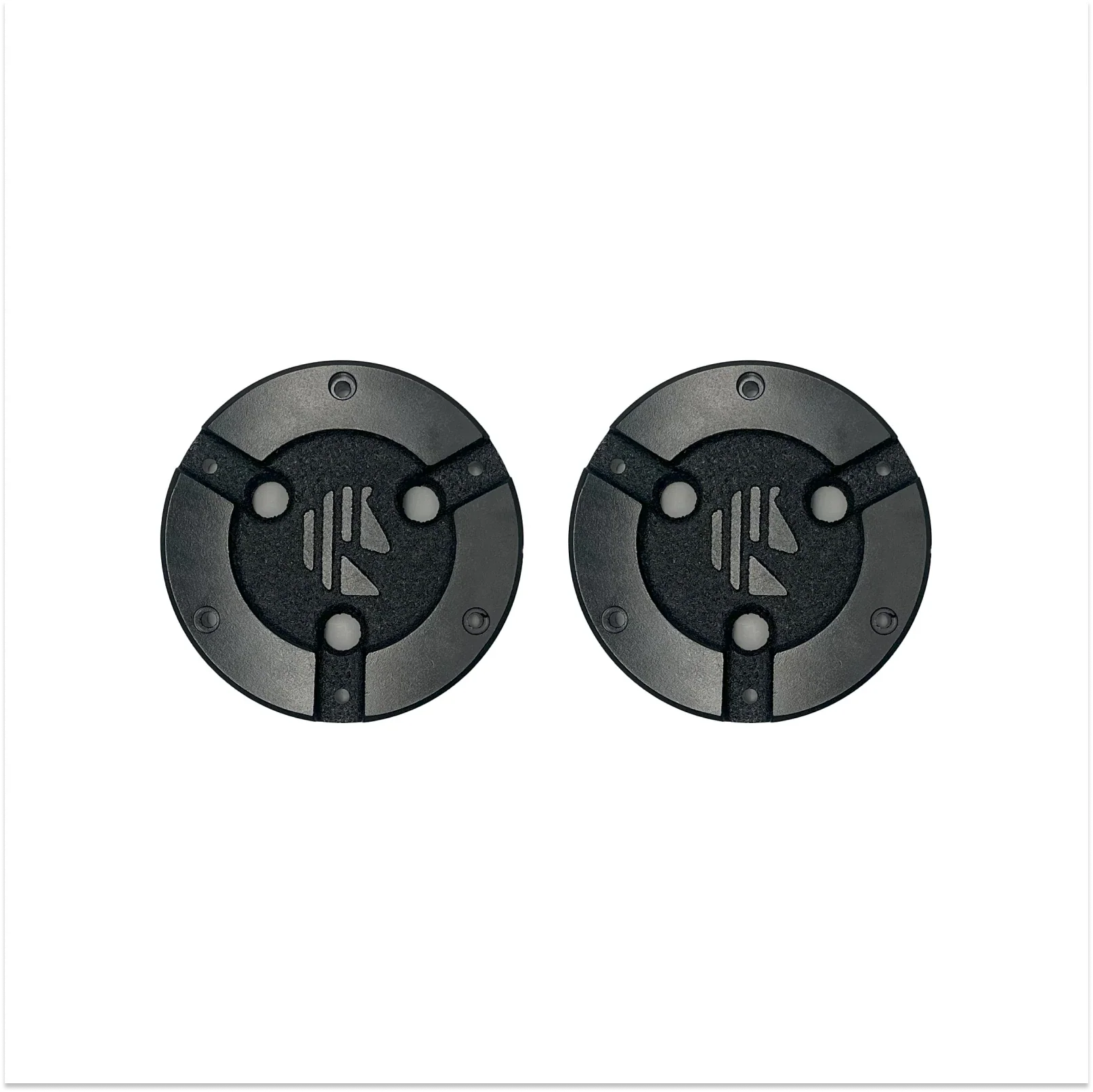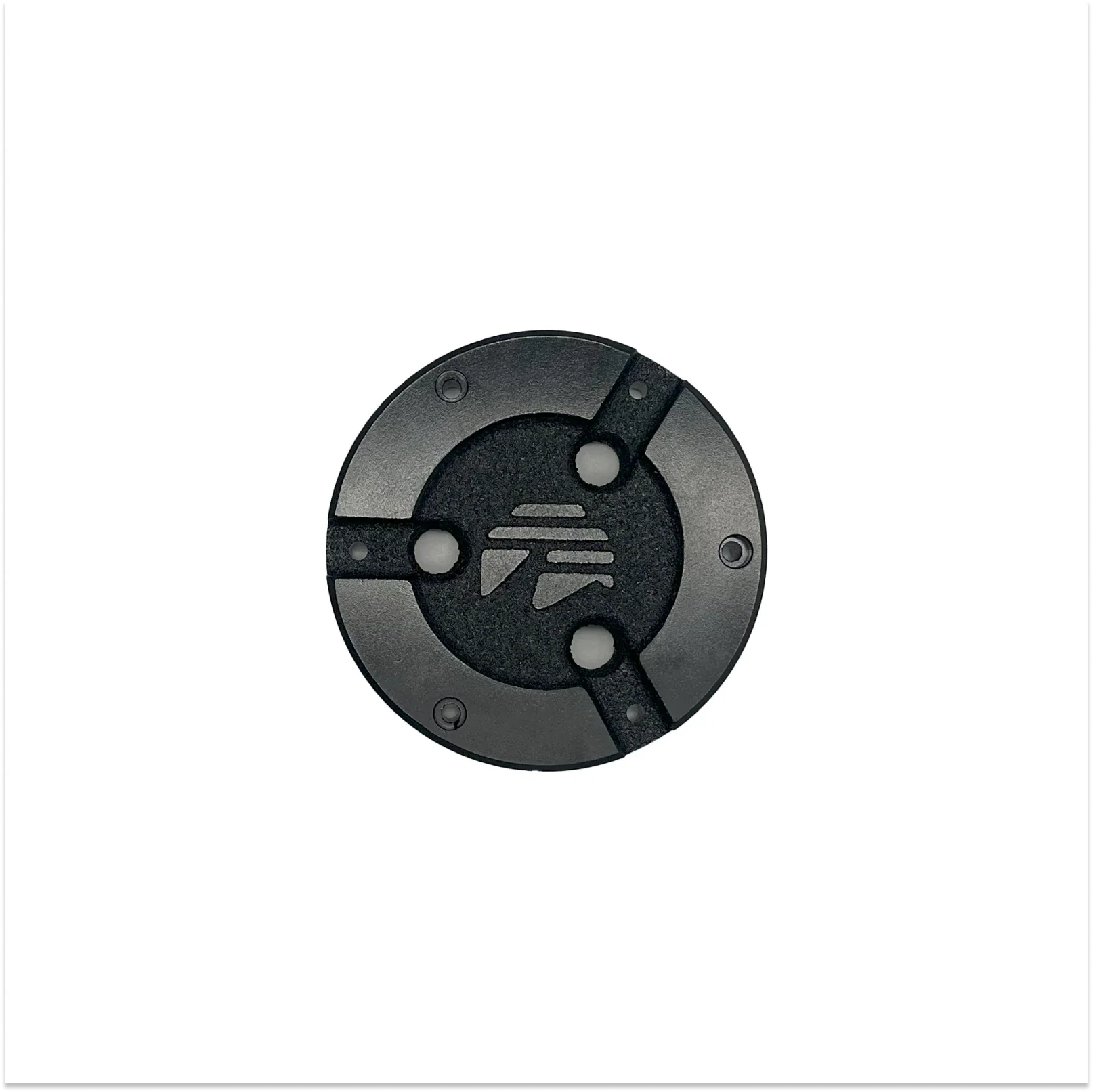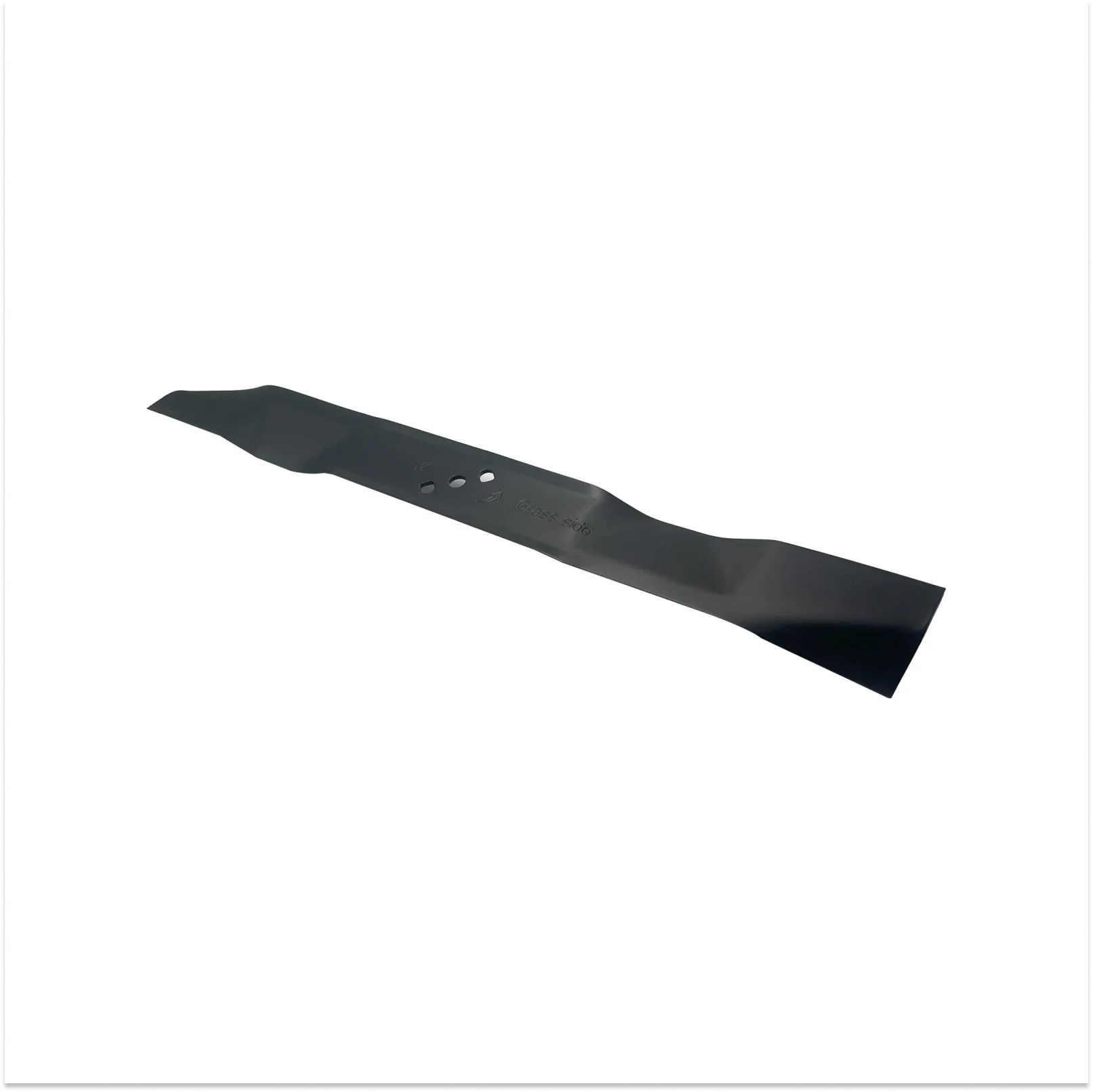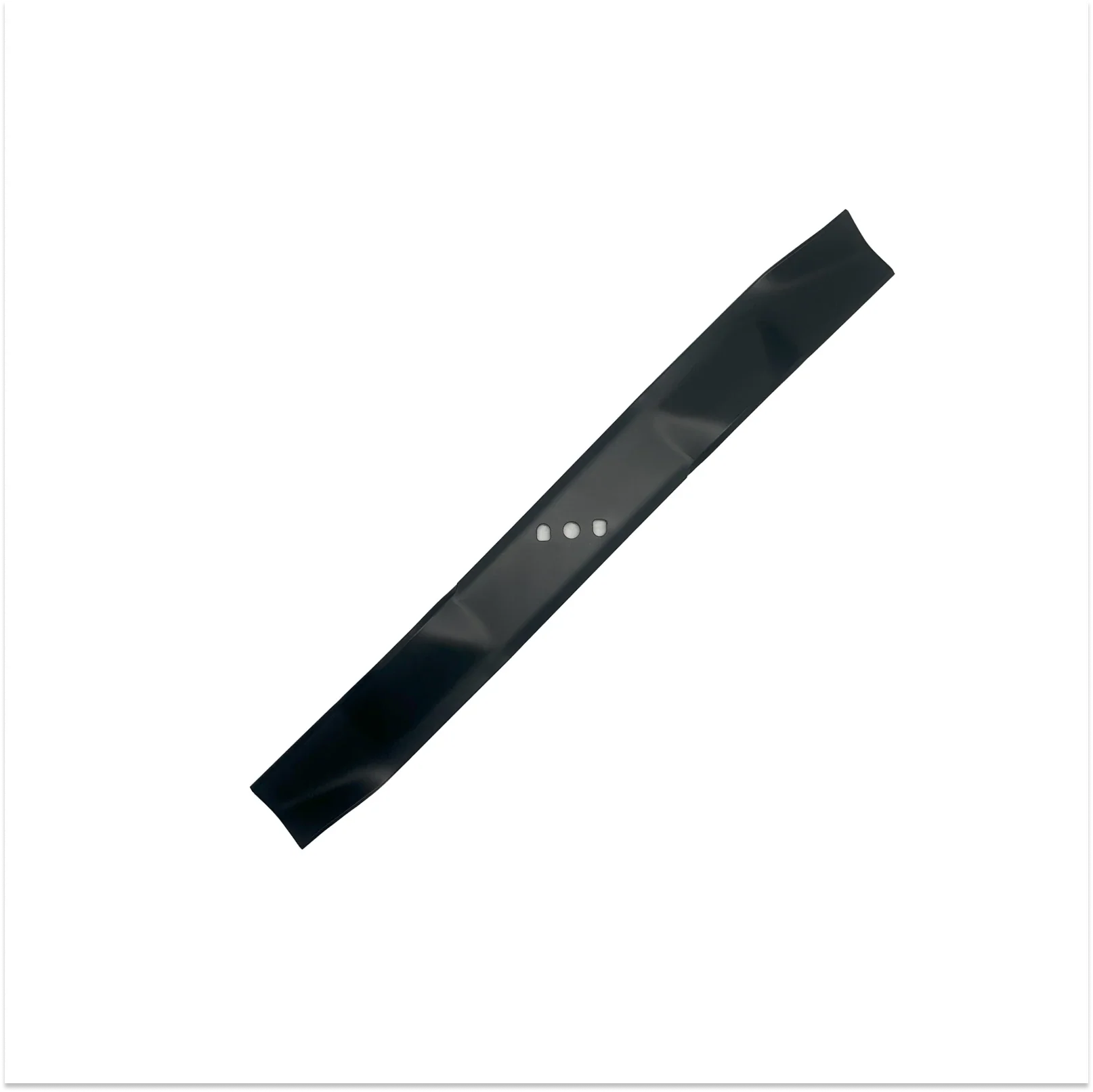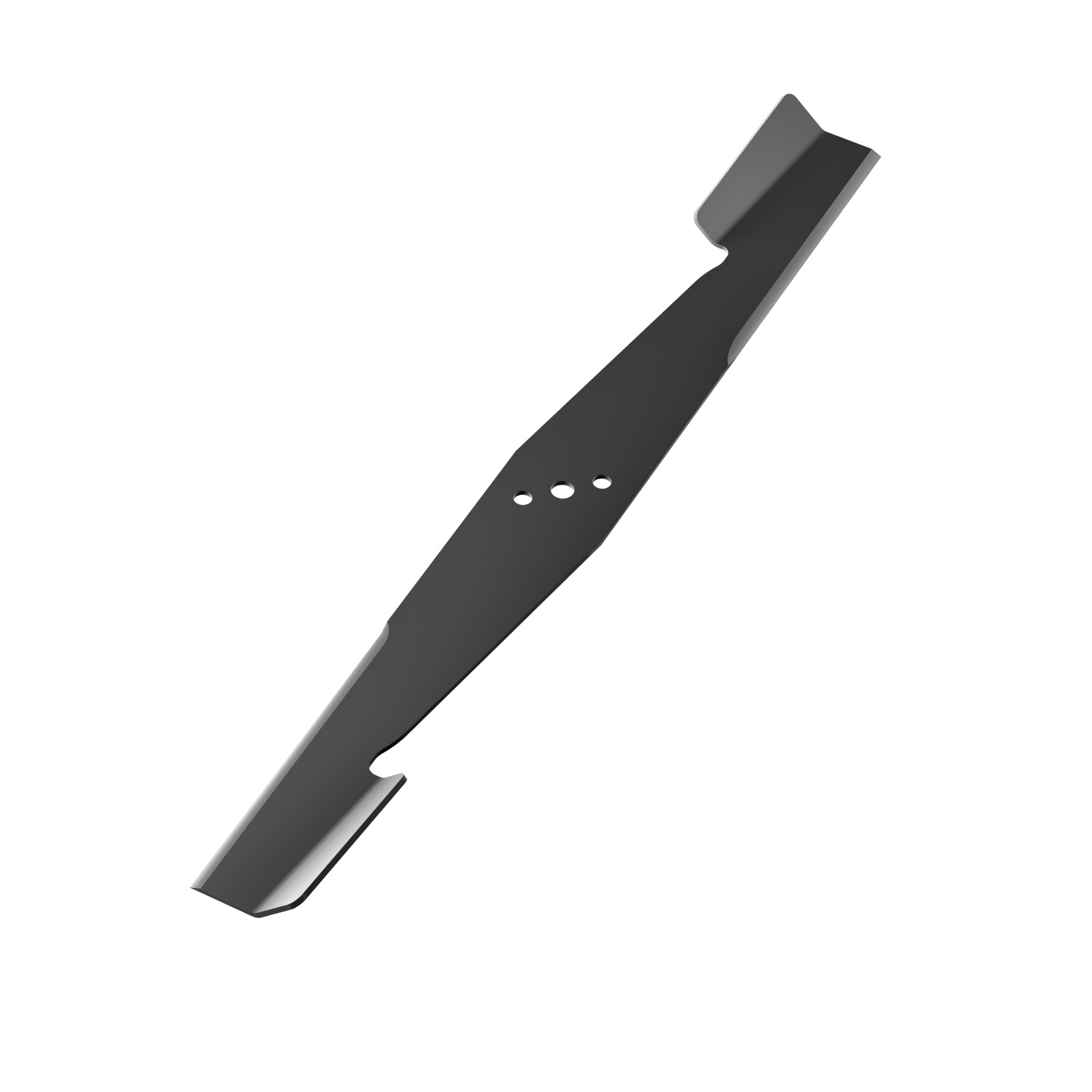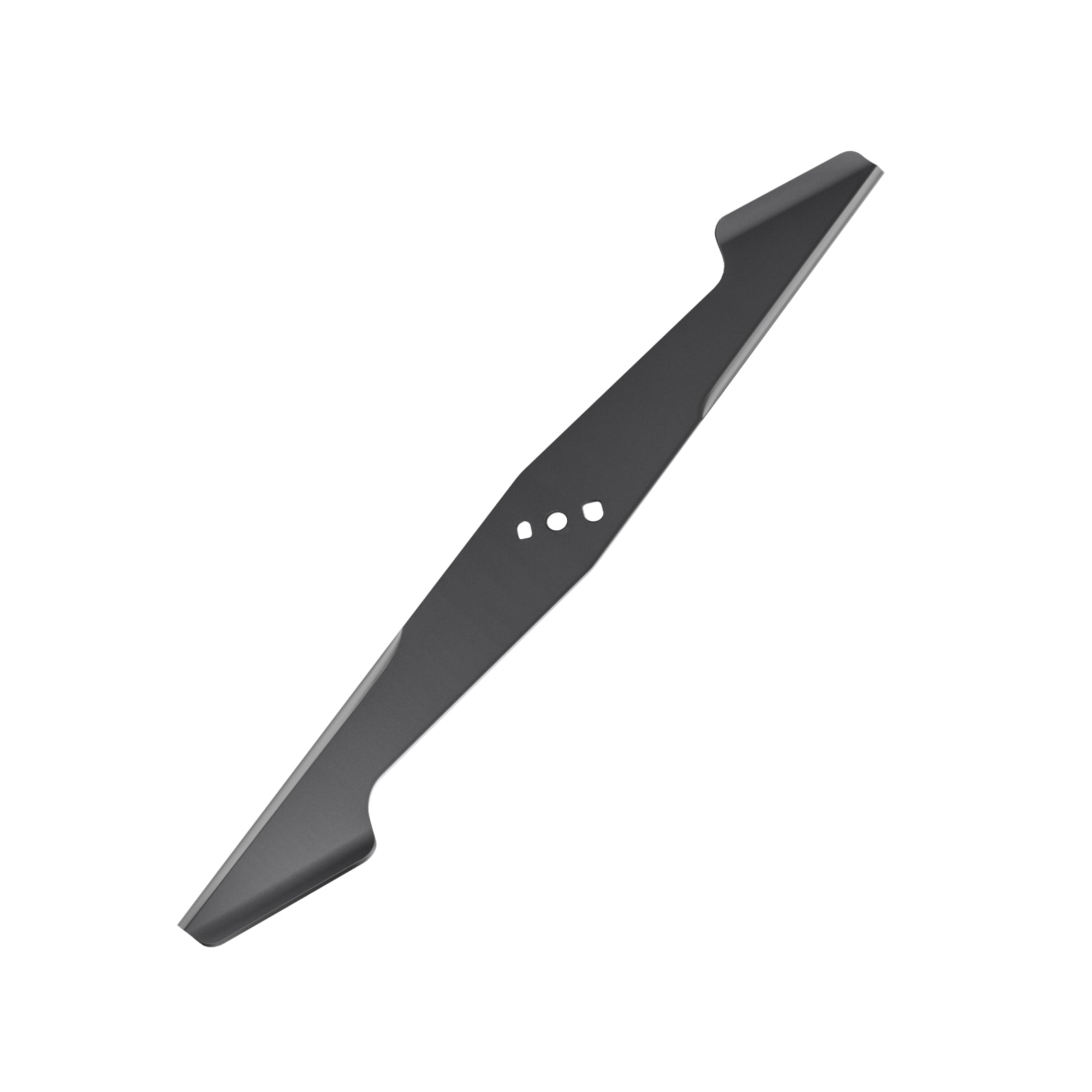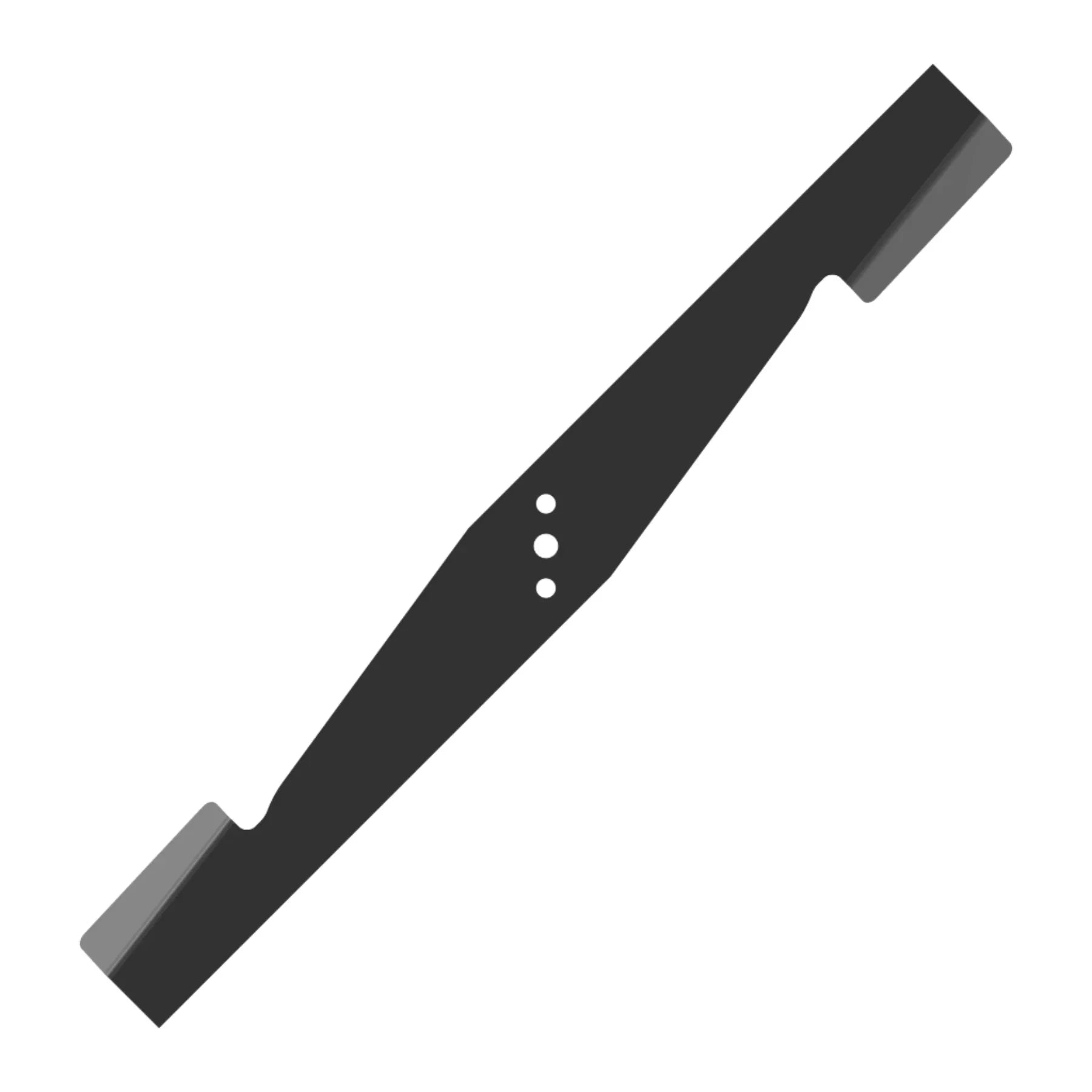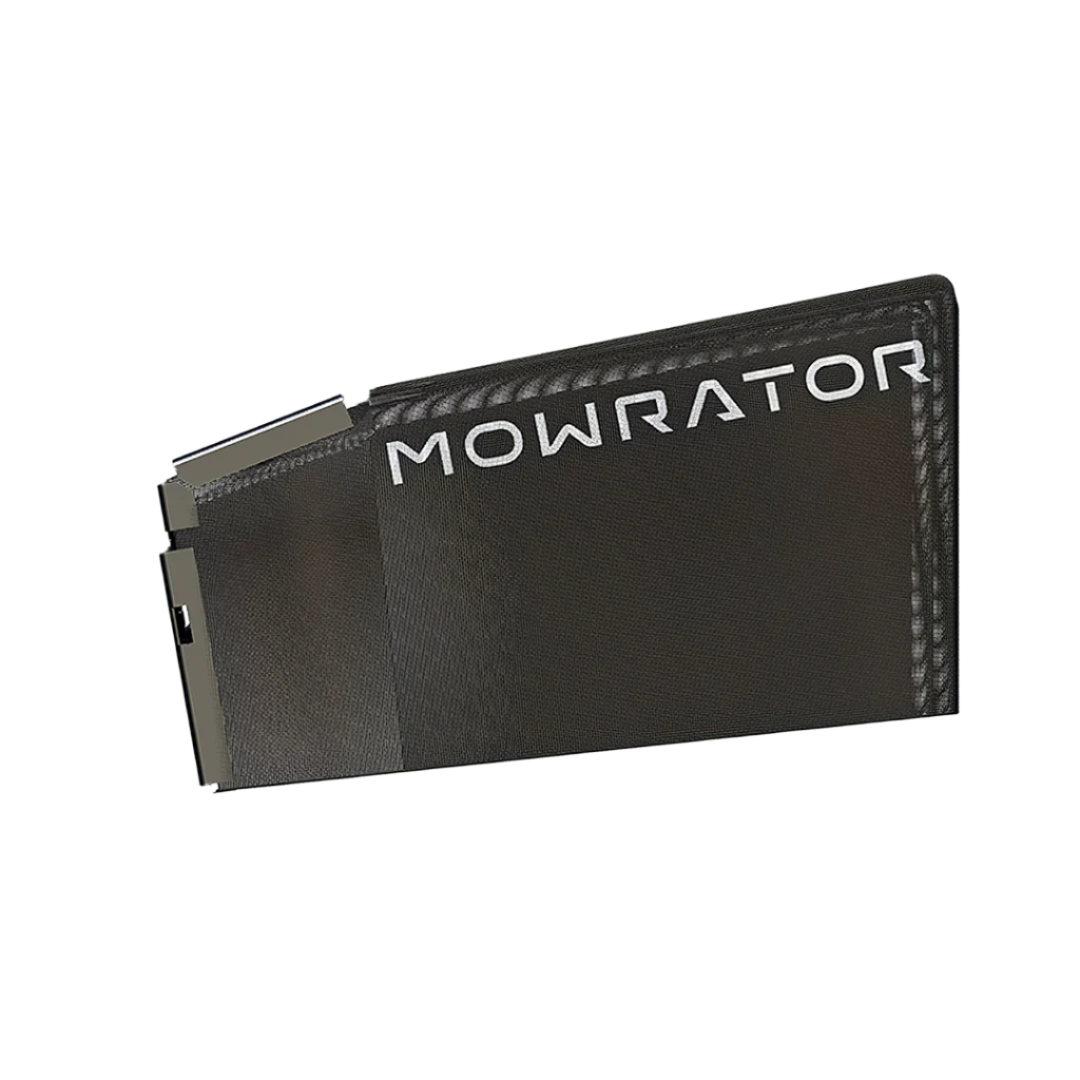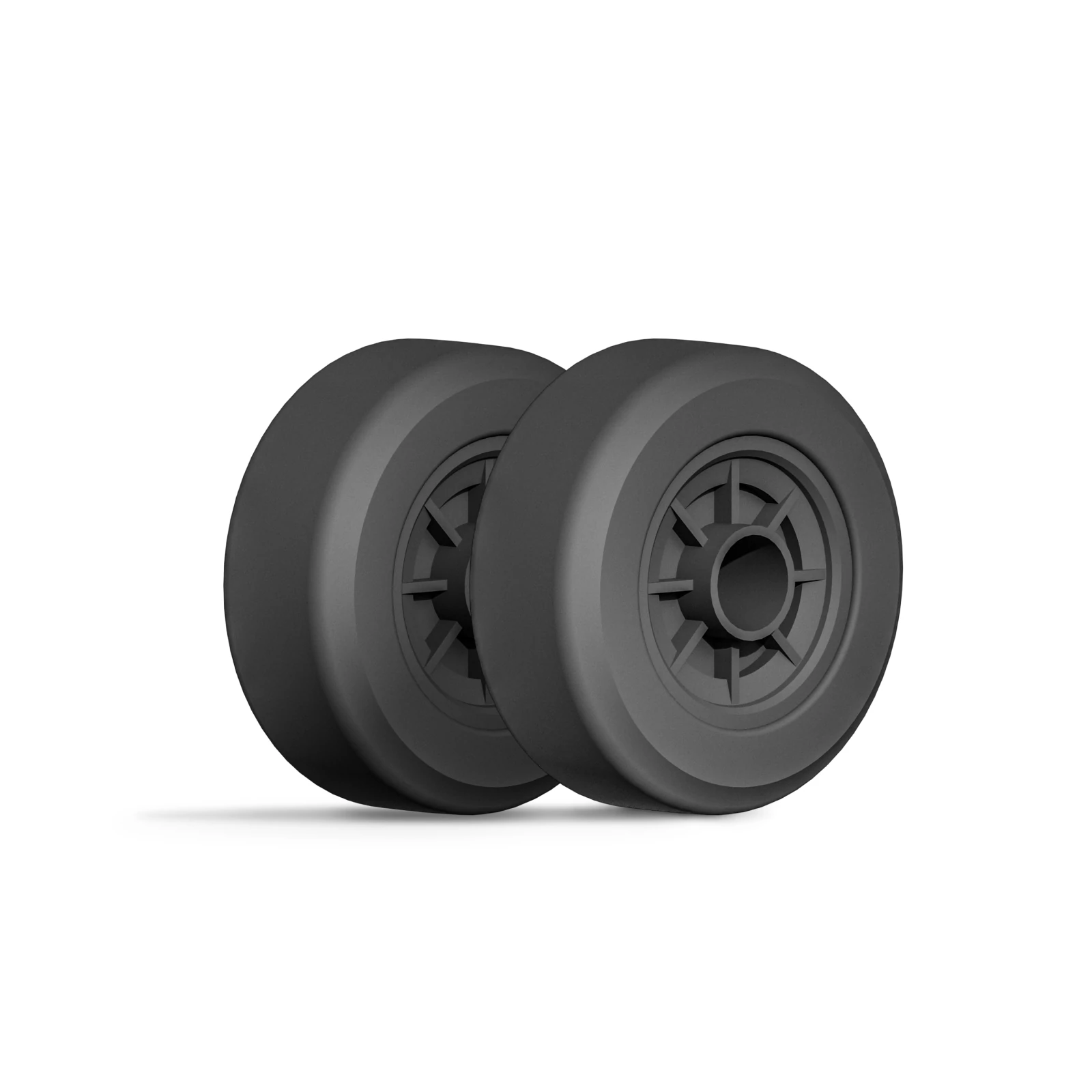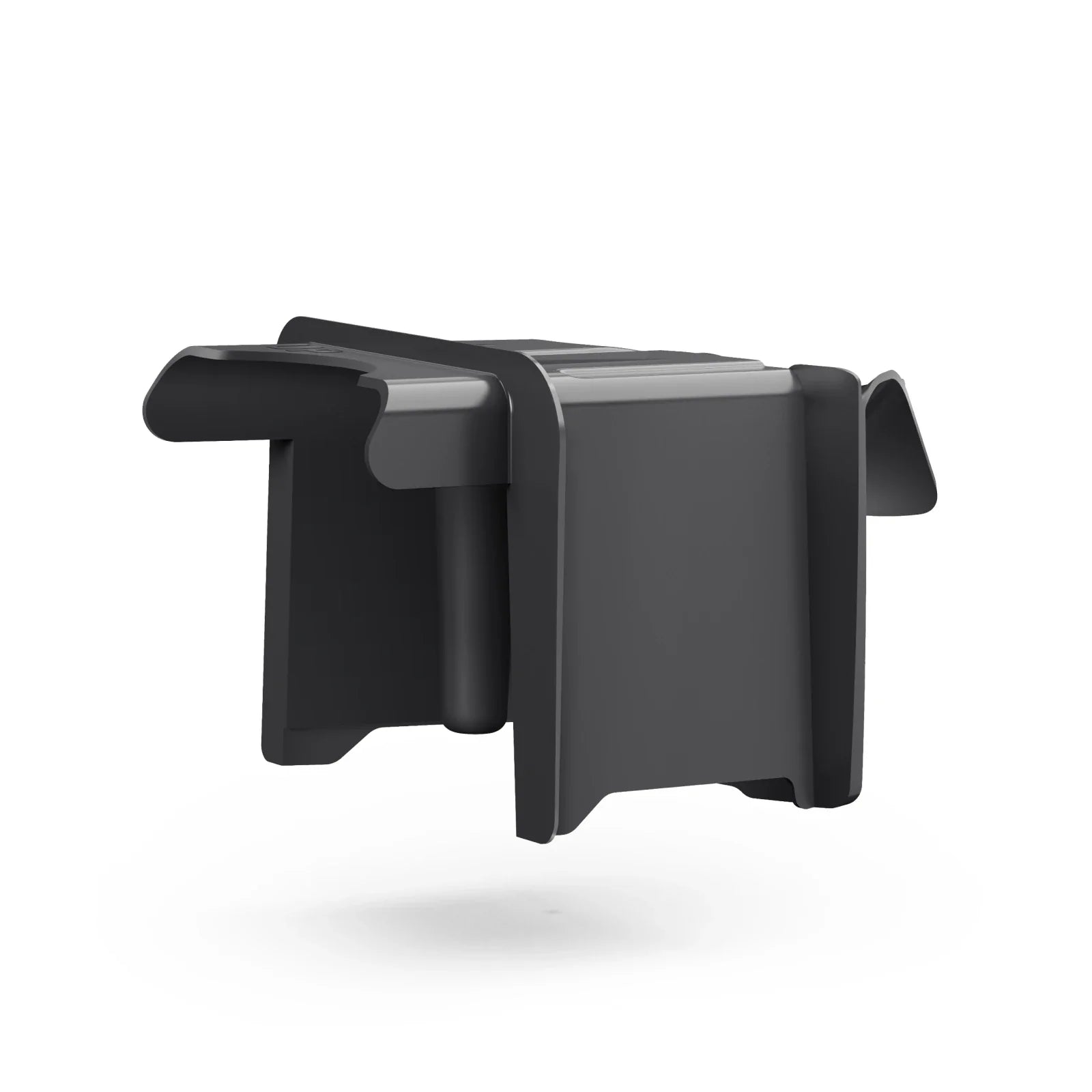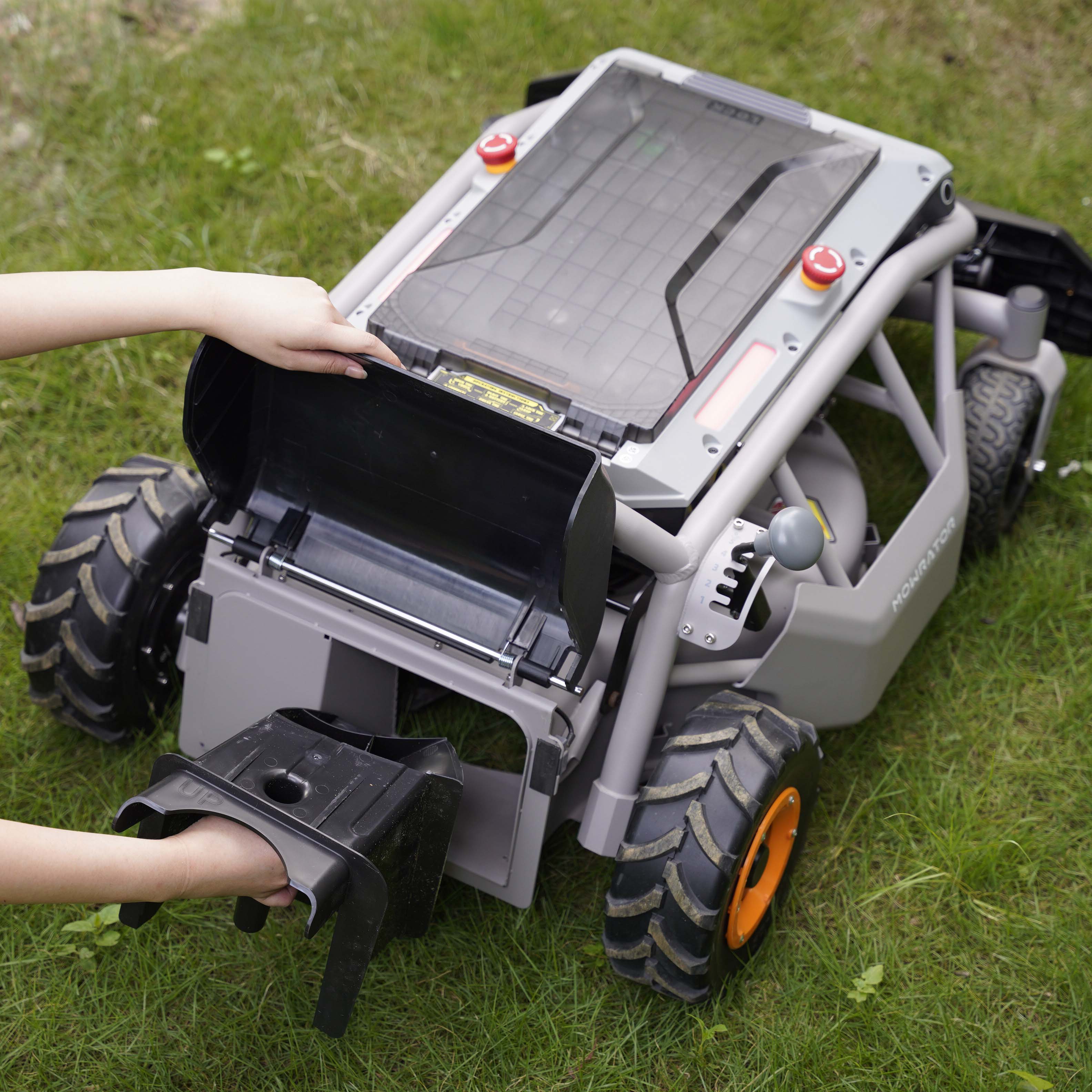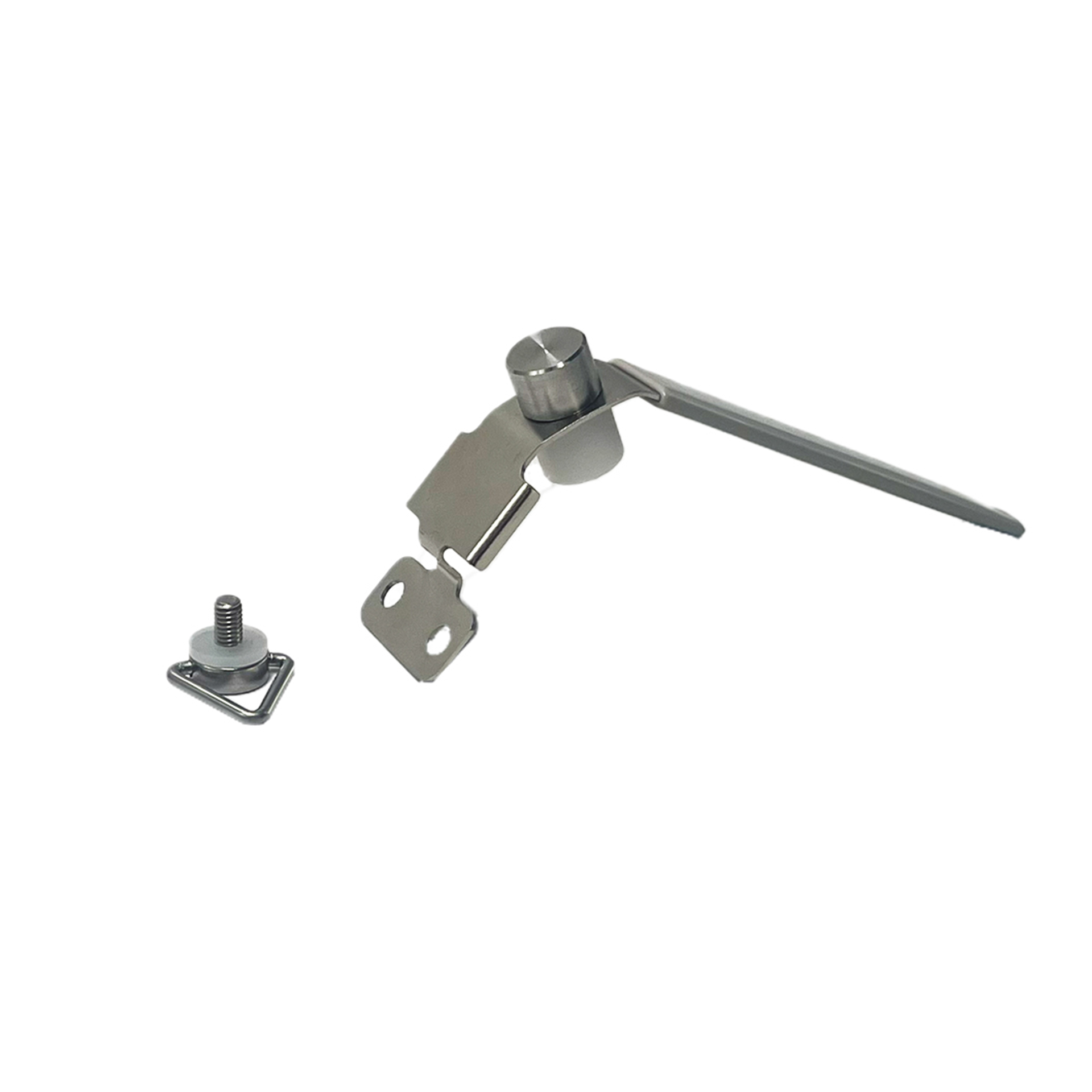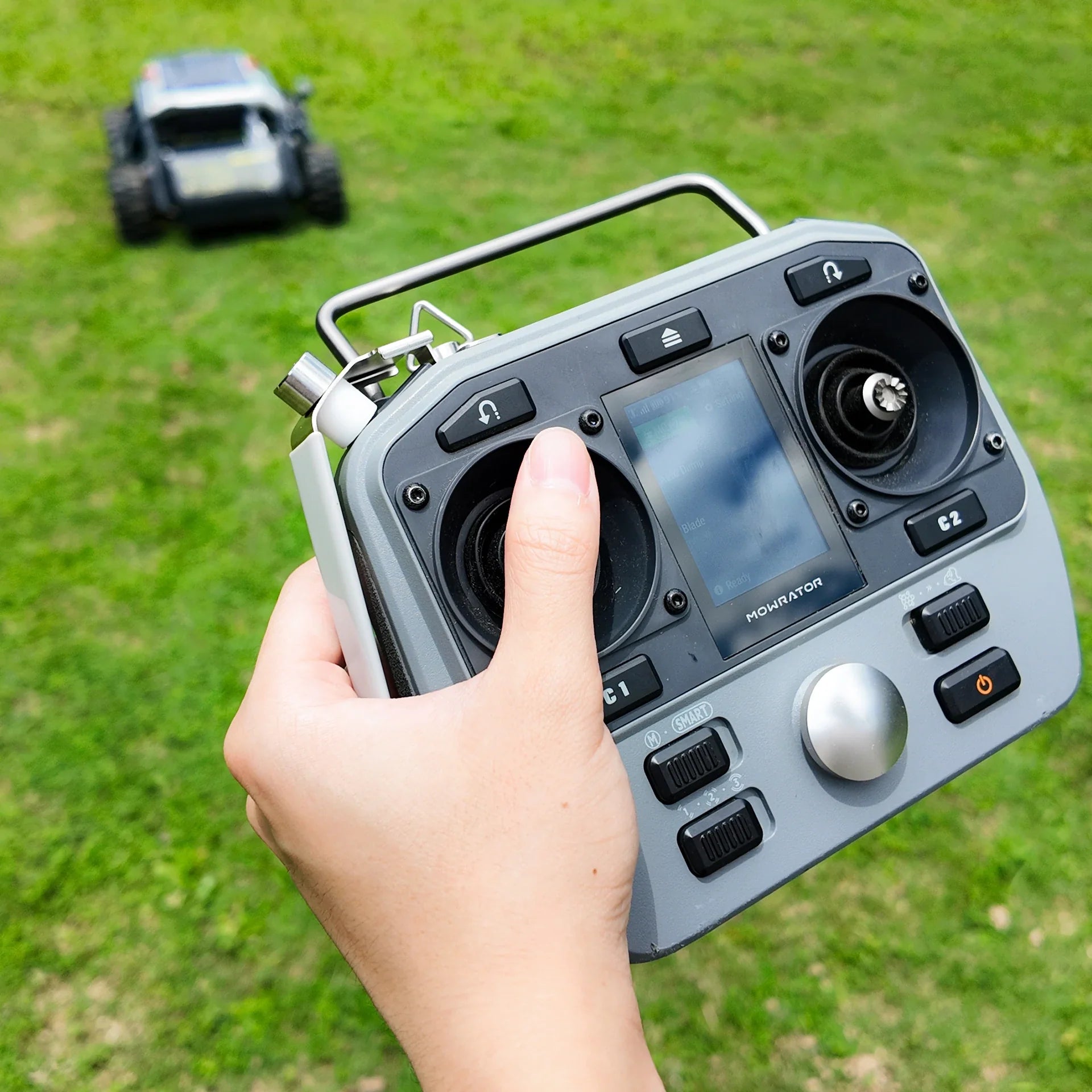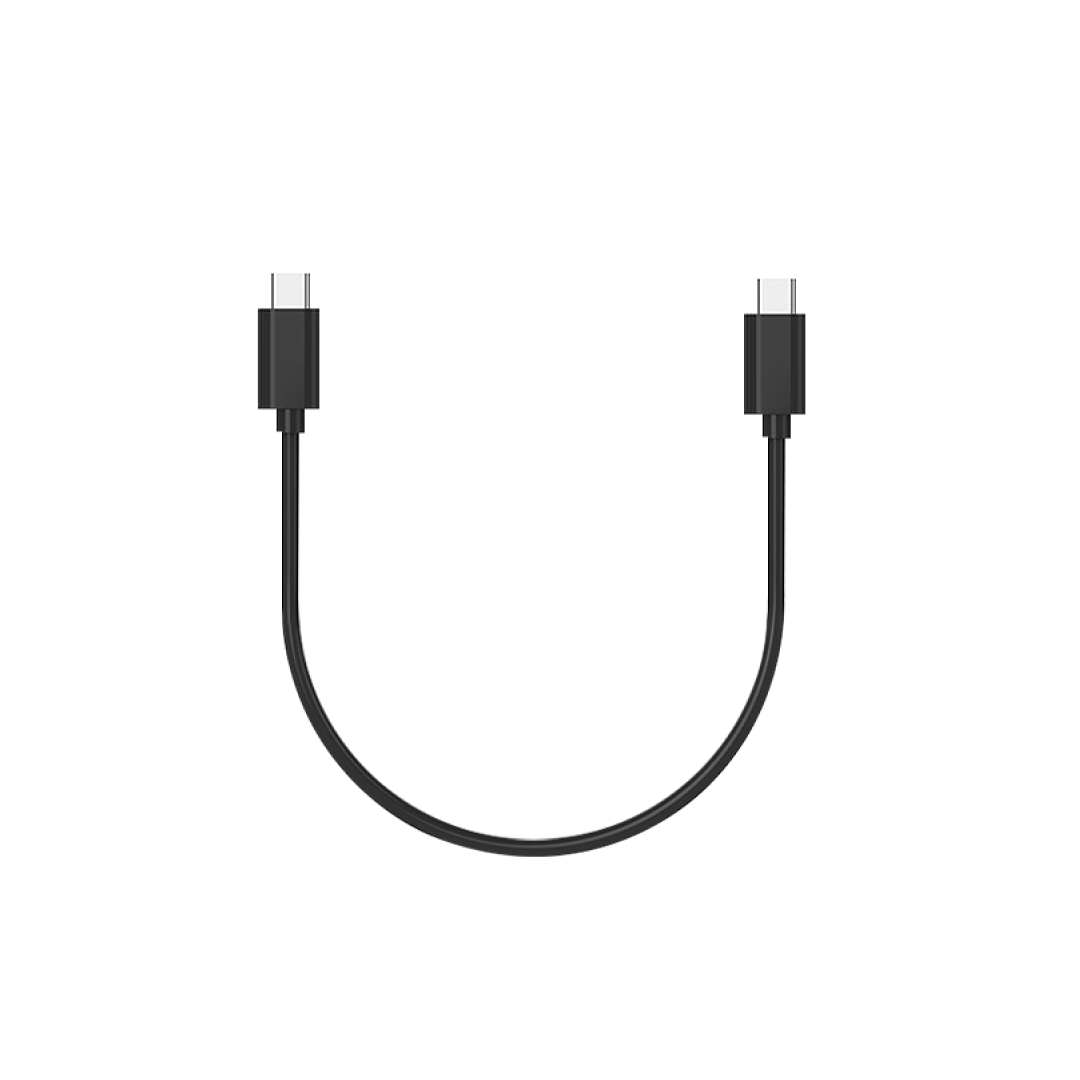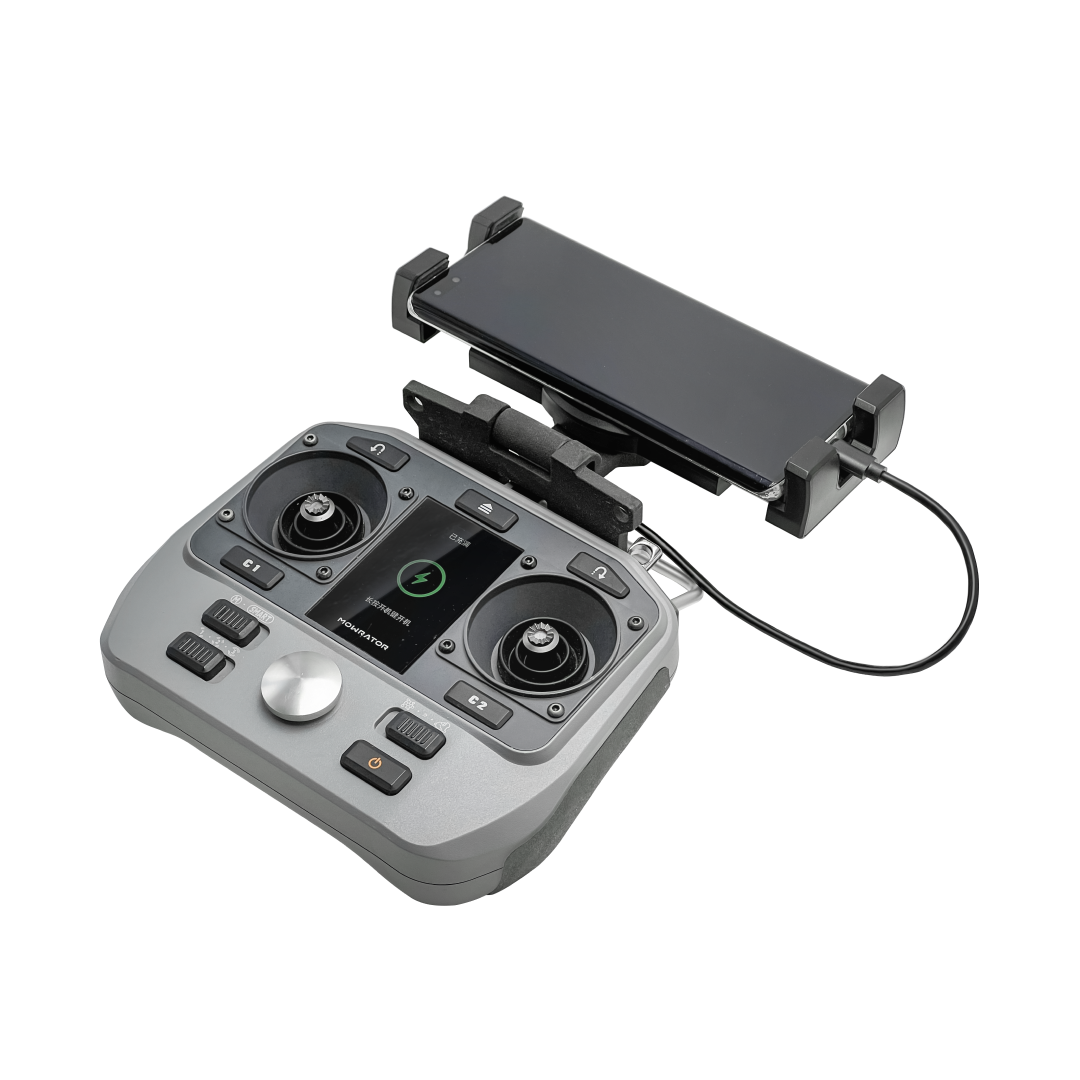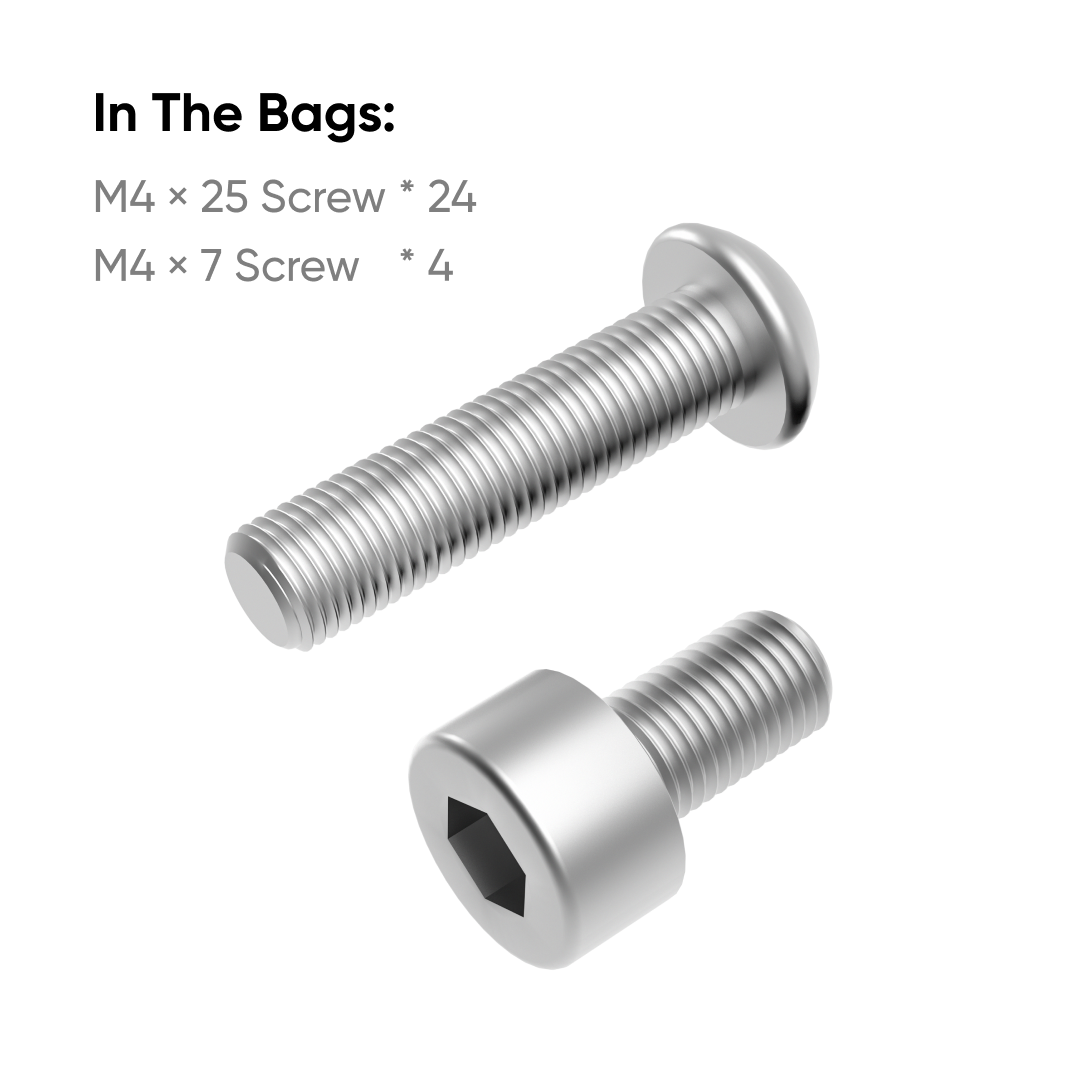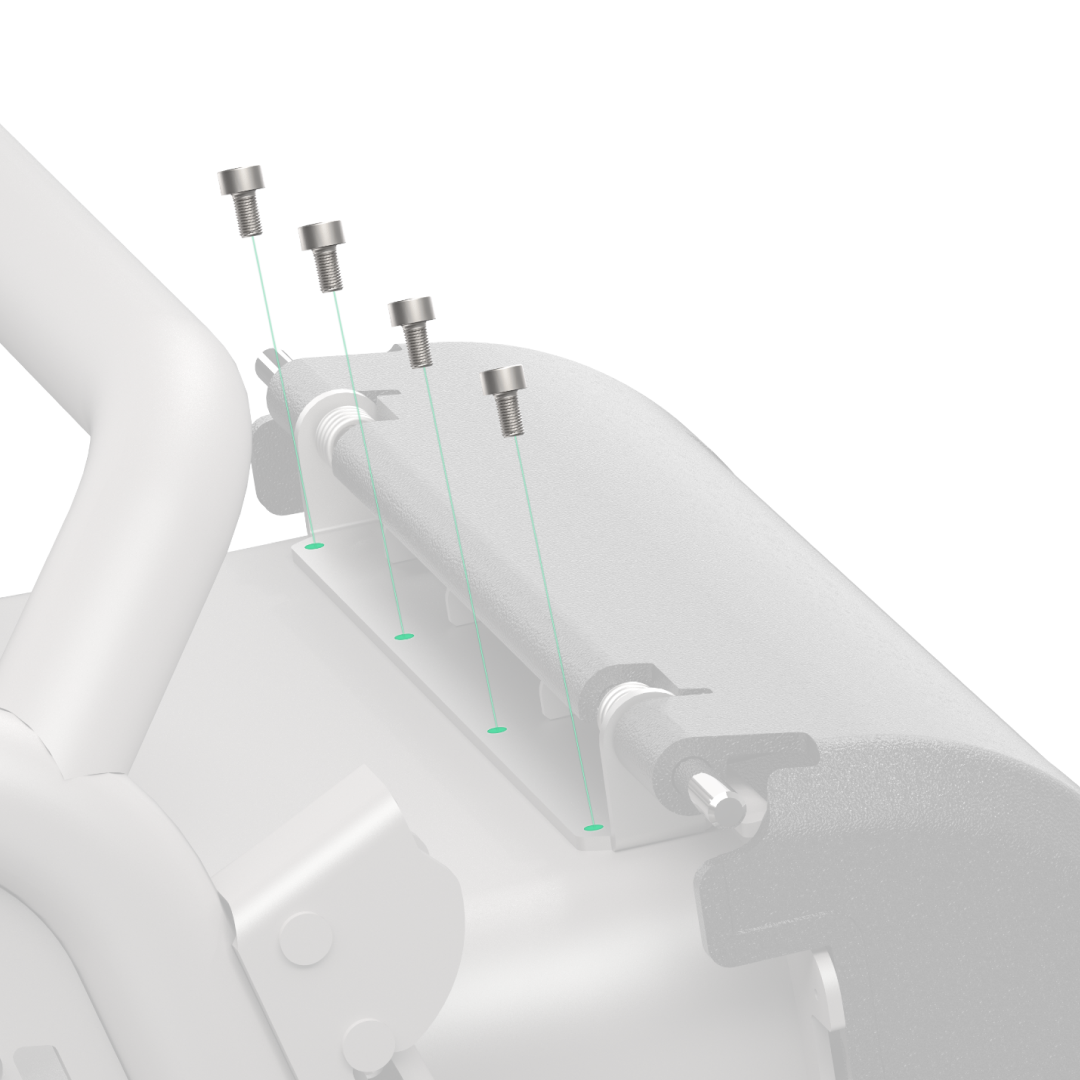Mowrator
41 products
Showing 25 - 41 of 41 products
The Ultimate Guide to Mowrator: Smarter, Greener Lawn Care Technology
What Is a Mowrator and How Does It Work?
-
Introduction to the Mowrator concept — autonomous or solar-powered lawn mower
-
Key components: electric motor, battery, sensors, GPS, and solar charging system
-
How the Mowrator navigates and maintains your lawn automatically
-
Difference between Mowrators, traditional lawn mowers, and robotic mowers
Benefits of Using a Mowrator
-
Eco-friendly operation: zero emissions and reduced noise pollution
-
Time-saving automation: mow your lawn without supervision
-
Cost efficiency: lower fuel and maintenance expenses
-
Smart features: GPS mapping, AI obstacle detection, and self-charging systems
Choosing the Right Mowrator for Your Lawn
-
Important specs: cutting width, battery capacity, slope handling, and runtime
-
Solar-powered vs. plug-in models — which is better for your needs?
-
Suitable yard sizes and terrain compatibility
-
Comparison of popular brands or models available in 2025
Maintenance and Safety Tips for Your Mowrator
-
Routine cleaning and blade maintenance
-
Battery care and solar panel upkeep
-
Software updates and firmware optimization for smart Mowrators
-
Safety precautions for pets, kids, and garden furniture
Frequently Asked Questions (FAQ)
1. How long does a Mowrator run on a single charge?
Most models operate 60–120 minutes before automatically recharging, depending on battery capacity and terrain.
2. Can a Mowrator mow in the rain?
Some weather-resistant models can, but most are designed to pause during heavy rain to prevent motor damage.
3. Does a Mowrator work on uneven or sloped lawns?
Yes — premium models handle slopes up to 35° and use terrain sensors to adjust cutting paths.
4. How do I install a Mowrator system?
Most come with a boundary wire or GPS setup. Follow manufacturer instructions or use a professional installer for best results.
5. Are Mowrators safe around pets and children?
Yes, safety sensors and automatic blade-stop functions are built-in to detect obstacles or movement nearby.

